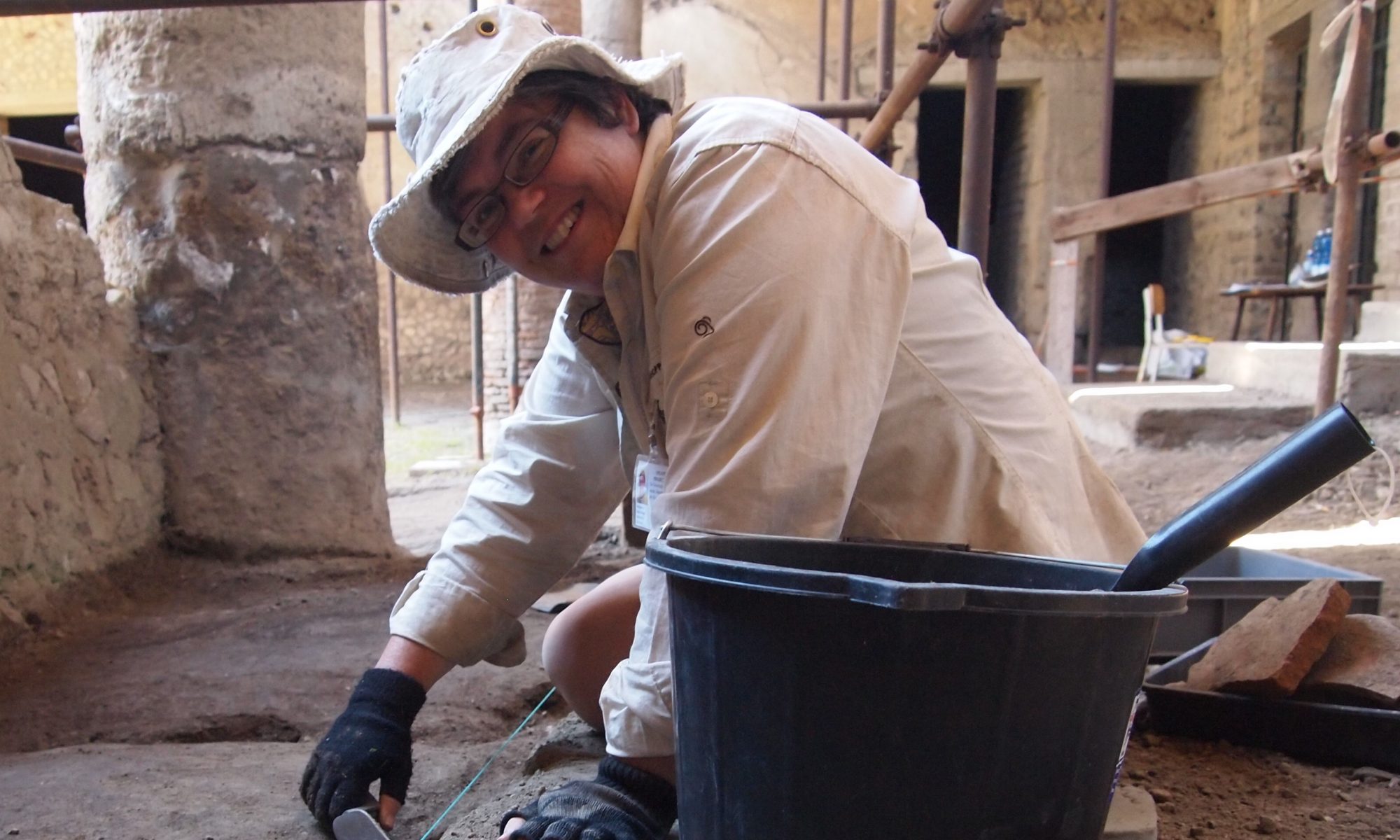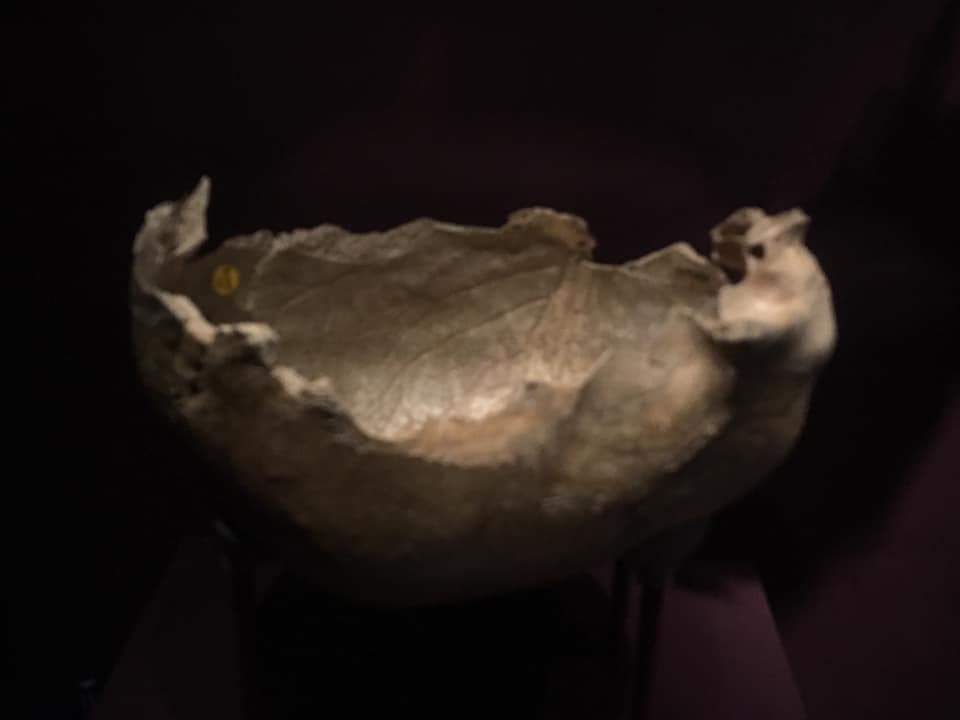While in the Natural History Museum in London for some work/networking (and some fun and learning!), I’ve enjoyed a great opportunity to wallow in the early human section of the museum.
What a marvellous museum it is. As well as loving this Museum as a fantastic celebration, study and sharing of our unique natural world, it’s great (as an archaeologist) to see some of the very famous finds that have shaped our understanding of human evolution.
A single tooth from an Australopithecus afarensis takes us back an astonishing 3.5 million years to our very early human origins.
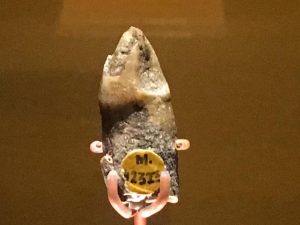
A cast of the Turkana 9-year old boy gives insights into Homo erectus 1.5 million years ago while a cast of the 500,000 year old Boxgrove tibia from Sussex in England reveals the robustness of Homo Heidelbergensis.
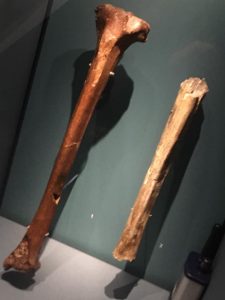
The Clayton spear, 420,000 years old, is the oldest wooden spear in the world. Made of yew, it was found in Clayton, England.
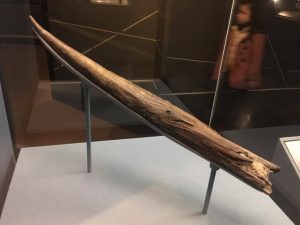
A Neanderthal skull that is 400,000 years old shows that our cousins had as much brain capacity as we do.
Similarly, a Neanderthal burial from c.60,000 years ago in Israel points to our cousins’ ability to perceive the abstract; art and burial are no longer seen as just Homo sapiens’ skills.
We have to remember that life was different in our distant prehistory though. Social ways would have been different 14,700 years ago. The Somerset Gough’s Cave skull and teenagers jawbone show definite signs of defleshing. Whether ‘ritual’ or cannibalism, who can be sure?
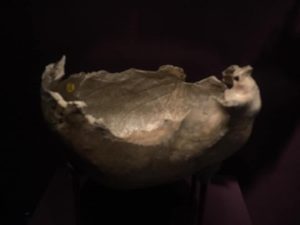
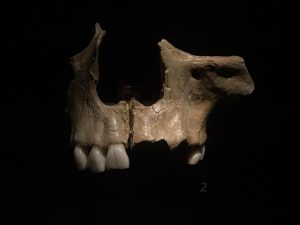
The Cheddar Gorge skeleton, at c.10,000 years old, remains the oldest most complete skeleton found in Britain.
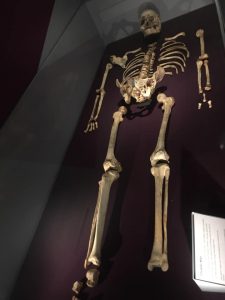
The 11,000 year old red deer headdress from Yorkshire’s Mesolithic Star Carr site reminds us of the imagination and likely spirituality of our ancestors.

What a privilege it is to be able to walk in to a free national museum and see these finds that remind us of our shared humanity.
